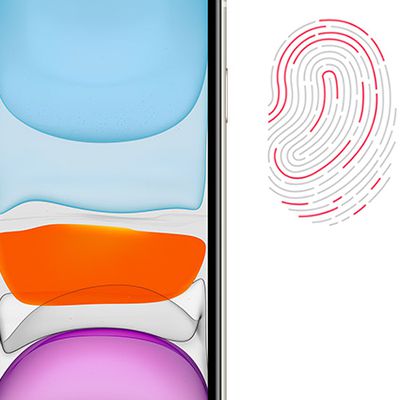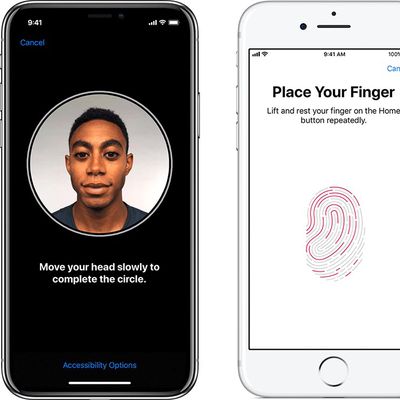Starting with the iPhone X in 2017, Apple began shifting away from Touch ID in favor of Face ID for authentication, and the iPad Pro followed suit in 2018.
Touch ID is built around a capacitive touch sensor that can read and analyze sub-epidermal skin layers to identify each person's unique fingerprint to make tasks like downloading apps and unlocking iOS devices more convenient. Touch ID is available in Apple's own apps and in third-party apps, allowing users to protect sensitive data like passwords or notes with a fingerprint.
Fingerprint data used for Touch ID is stored directly on each iOS device in a "Secure Enclave" and is never accessible in the cloud.





























